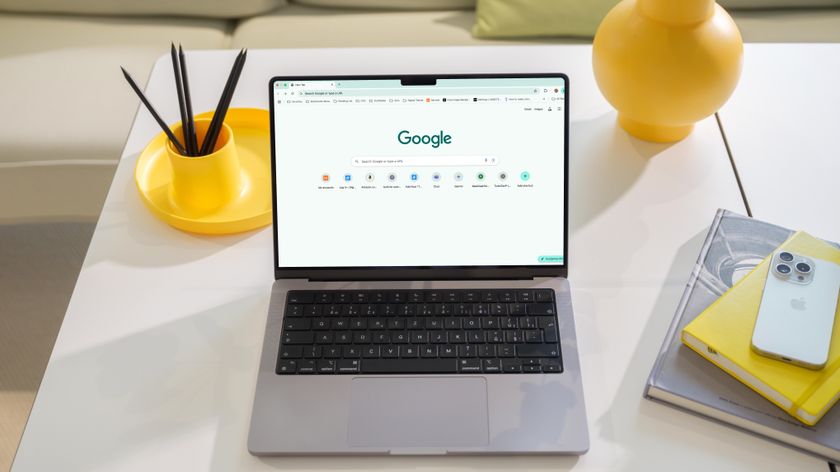What's ONDC? Can it break the hold of ecommerce biggies in India?
A complete explainer

The Indian digital commerce landscape is set for a major change. Or so it seems. For, the curtains are set to go up on the Open Network For Digital Commerce (ONDC), which is an Indian government-backed initiative that is expected to break the dominance of the existing ecommerce biggies, especially the duopoly of Amazon and Flipkart.
According to a news report in the Economic Times, ONDC, which is being currently tested out in around 45 cities of the country (like Delhi-NCR, Bengaluru, Coimbatore, Bhopal, and Shillong), is expected to go live across the country by late August or early September. "The network is working to increase merchants, categories, network participants, and locations, horizontally to create the local push," the report said.
Currently, more than 60% of India’s e-commerce market is controlled by Amazon and Flipkart, which will change if ONDC becomes successful in achieving its target.
How will ONDC function?

ONDC targets to raise e-commerce reach in the next 2 years to 25% of India’s consumer purchases, from the current 8%.
The idea behind ONDC is to democratise e-commerce in India from the current platform-centric model to an open network. It is a network that links retailers, consumers, and logistical and financial service providers seamlessly. It is aimed at enabling small merchants across the country to access processes and technologies that are typically used by large e-commerce biggies.
The Ministry of Commerce & Industry has said, "ONDC is to be based on open-sourced methodology, using open specifications and open network protocols independent of any specific platform."
ONDC will alter all industries, from retail goods to food to mobility, by empowering business owners and customers by shattering silos and creating a single network to spur innovation and scalability, the Ministry said.
ONDC targets to raise e-commerce reach in the next 2 years to 25% of India’s consumer purchases, from 8% currently, in a country of over 1.35 billion people.
Get daily insight, inspiration and deals in your inbox
Sign up for breaking news, reviews, opinion, top tech deals, and more.
As for buyers, its target is signing 900 million buyers onboard and targeting 1.2 million sellers on the shared network within the next 5 years, while achieving a gross merchandise value of 48 billion dollars.
But this sounds like existing models with govt as regulator, isn't?

Customers will be able to access sellers on ONDC through any app that is integrated with the network.
Actually, no. Allow us to explain further. ONDC will not be an application or platform. It enables commerce through open network. It will not help you to digitize your business, but will enable ecommerce expansion. Importantly, it is an Indian government initiative, but it is not the regulator. Basically, ONDC is a market and community-led initiative. Customers will be able to access sellers on ONDC through any app that is integrated with the network.
According to ONDC, it'll be a neutral platform, and procedures will be set up for pricing, categorizing, and matching providers in an open source database. It will help put small businesses across the board, independent retailers, customers in rural areas, and numerous other group of buyers and sellers onto a single open digital marketplace.
Okay, that explains a bit. But can you elaborate?

ONDC will also use a hyperlocal model, putting local small businesses first.
Well, when you shop on a typical ecommerce platform, you are typically presented with a choice of goods, a payment choice and a logistic service.
On ONDC, things will be different, in that you will have a multiplicity of choices on all fronts. Buyers get to choose their own product seller, their own payment method, their own logistics provider from the options available within ONDC. Say, if you are on ONDC platform to buy vegetables, you can search for them, and results will be thrown up from different vegetable sellers along with their terms of service. Then you can pick one of your choice. Then you can choose a delivery partner to get the order delivered to the desired address. Finally, you can make the payment through one of the payment mechanisms of your choice to the vegetable shop and to the delivery partner.
To give you another example, you can book your travel ticket using one site, book a cab through another and reserve a hotel room through a third site. But you can pay them all through a payment choice of yours through single checkout, rather than going to multiple apps for the same.
ONDC will also use a hyperlocal model, putting local small businesses first. If someone wants to sell food online, this is extremely advantageous.
How is ONDC attracting sellers to its platform?

The sellers are also not constrained by monopoly of a single owner. The authority that controls the buyer and the seller will not be the same.
ONDC's challenge has been to strengthen the supply-side base. Unless you are presented with a multiplicity of choices there will be no point to the platform.
It has come up with the idea of interoperability for the sellers. Different sellers, with their own systems and apps (if any), the many payment gateways, the various logistics service providers with their own software and systems, can easily set shop on the ONDC network, and there will be total ease of interoperability, across all of them.
The sellers are also not constrained by monopoly of a single owner. The authority that controls the buyer and the seller will not be the same. Further, merchants will have access to their own client information, enabling them to make wise business choices. There are no middlemen, too as sellers deal directly with customers.
Who all have onboarded ONDC so far?

State bank of India, Axis Bank, PNB, ICICI, HDFC, Kotak, and IDFC First are among the lenders who are in discussions with the ONDC to set up buyer platforms.
A number of sellers have joined the ONDC bandwagon. Among the biggies that are live are Paytm, which has joined the platform as a buyer. Companies like Digiit, eSamudaay, Gofrugal Technologies, Growth Falcons and Seller App are part of the seller side. Reliance-backed Dunzo, Flipkart’s logistic arm Ekart and LoadShare are offering logistics services for local deliveries. Kotak, PhonePe, Zoho and Snapdeal are also joining ONDC.
State bank of India, Axis Bank, PNB, ICICI, HDFC, Kotak, and IDFC First are among the lenders who are in discussions with the ONDC to set up buyer platforms.
Tech major Microsoft has also joined ONDC. It intends to introduce social e-commerce in the Indian market. It will also launch a shopping app in India, which will be available on the ONDC network and will allow buyers to discover the best price offered by retailers and sellers.
Venture capital firms Accel and Sequoia are also interested in investing in start-ups that would join the ONDC. Telcom firms Bharti Airtel and Vodafone Idea are also in talks about how they can utilize the platform. Google is also in talks, claim reports.
In all, ONDC is being seen as the UPI of the ecommerce world in India. In that, it is expected to revolutionise the entire ecosystem. Whether it actually does is something that time alone can answer.

Over three decades as a journalist covering current affairs, politics, sports and now technology. Former Editor of News Today, writer of humour columns across publications and a hardcore cricket and cinema enthusiast. He writes about technology trends and suggest movies and shows to watch on OTT platforms.












